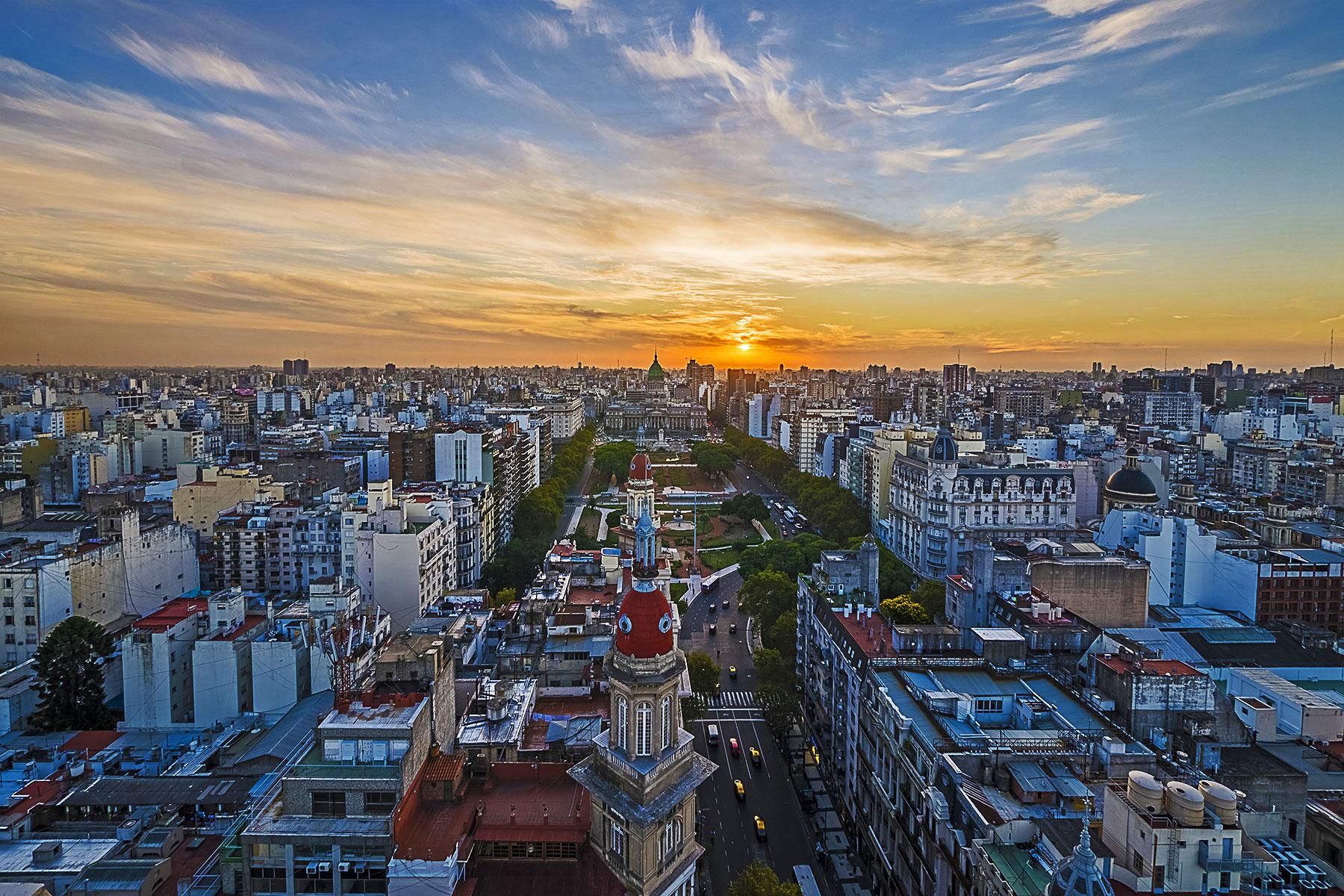Bookstores and cemeteries and lots and lots of steak.
When you visit Buenos Aires, you hear a lot about it being the Paris of South America. This is a fitting sobriquet—back in the 1860s when the city was being built up, one of the city planners gave literal instructions to make Argentina’s new capital as much like the French capital as possible. And you can certainly you can see the comparison today in the architecture, the wine, the impossibly glamorous locals. But nowadays, the city is so much more than just a knock-off. Sophisticated and sultry, Buenos Aires is every bit a Latin American city but with a heavily international vibe. Italian and Spanish influences combine with Latin American traditions to create a city that is unlike anywhere else in the world. Eat your heart out, Paris.




